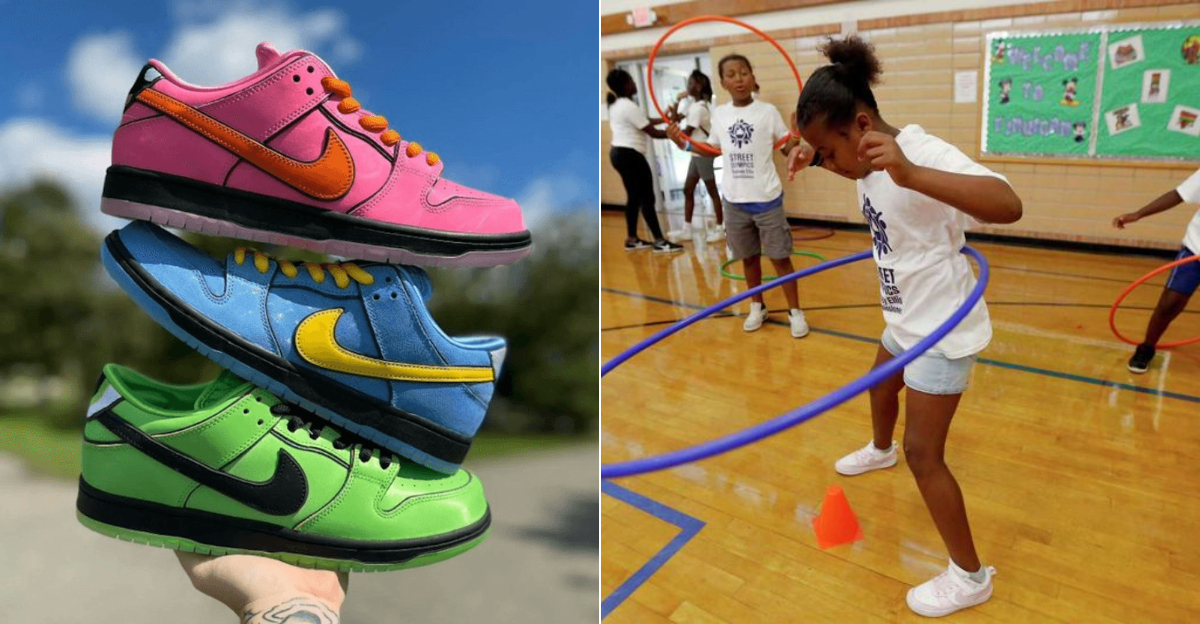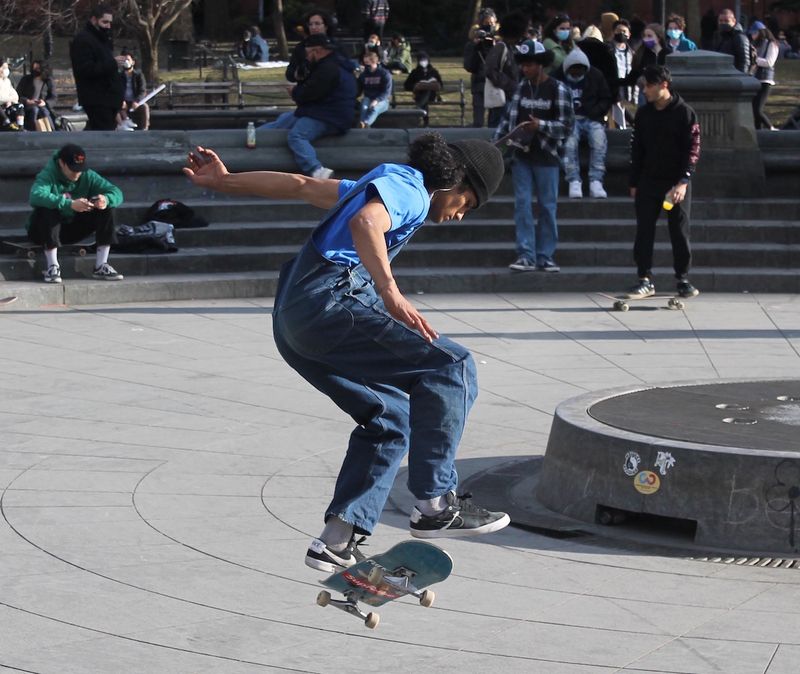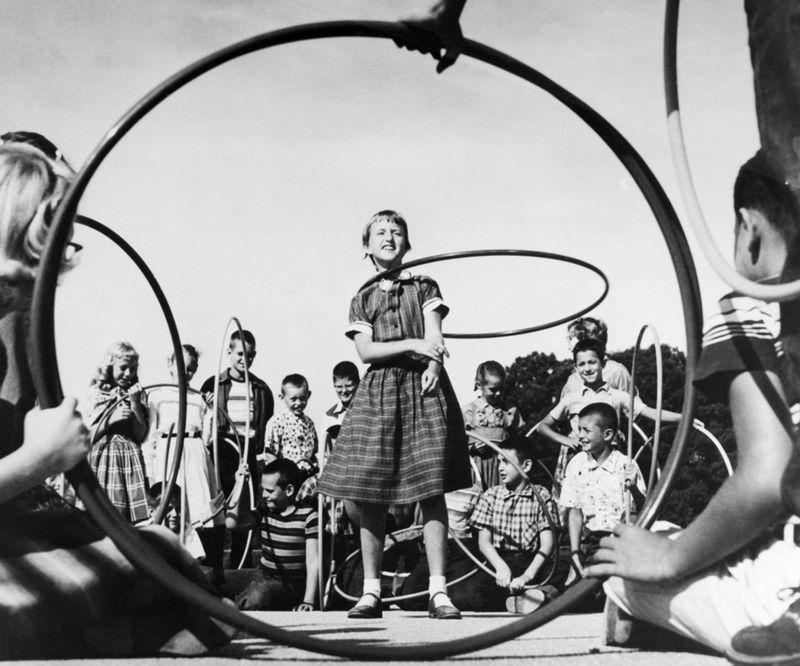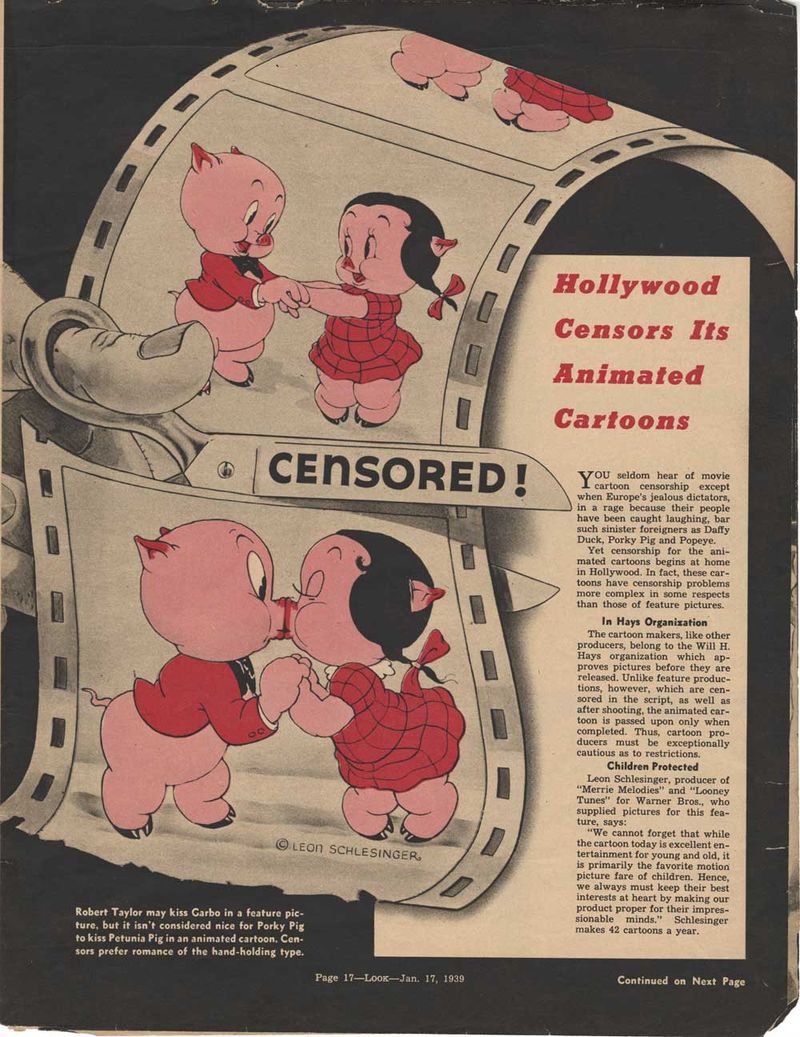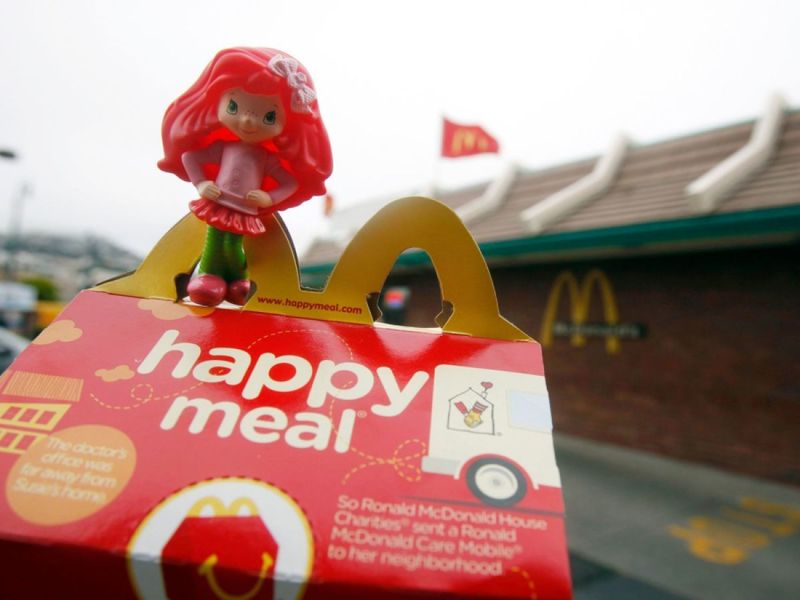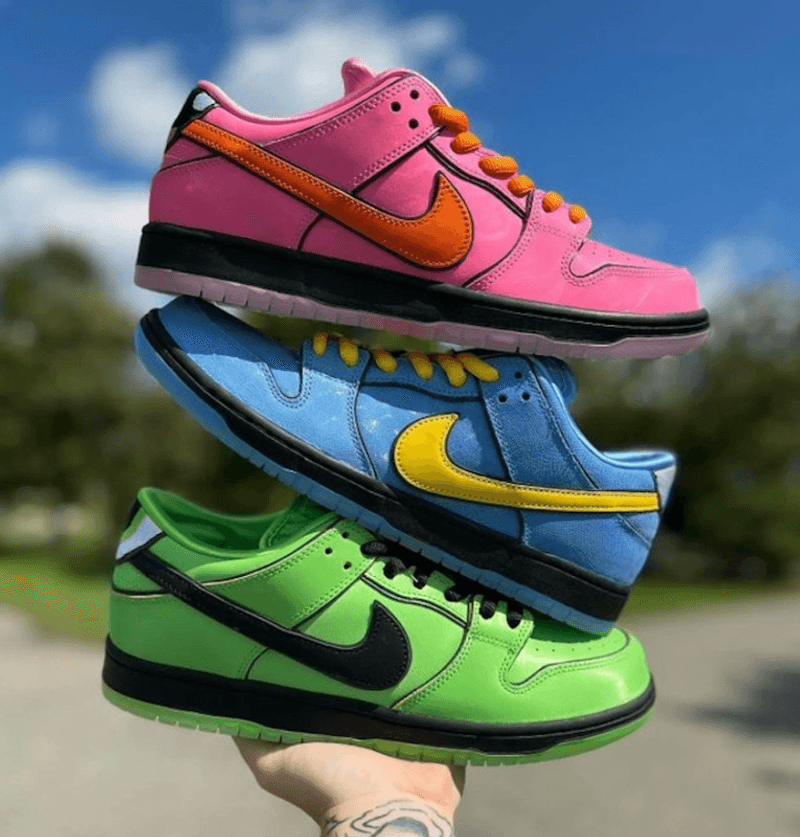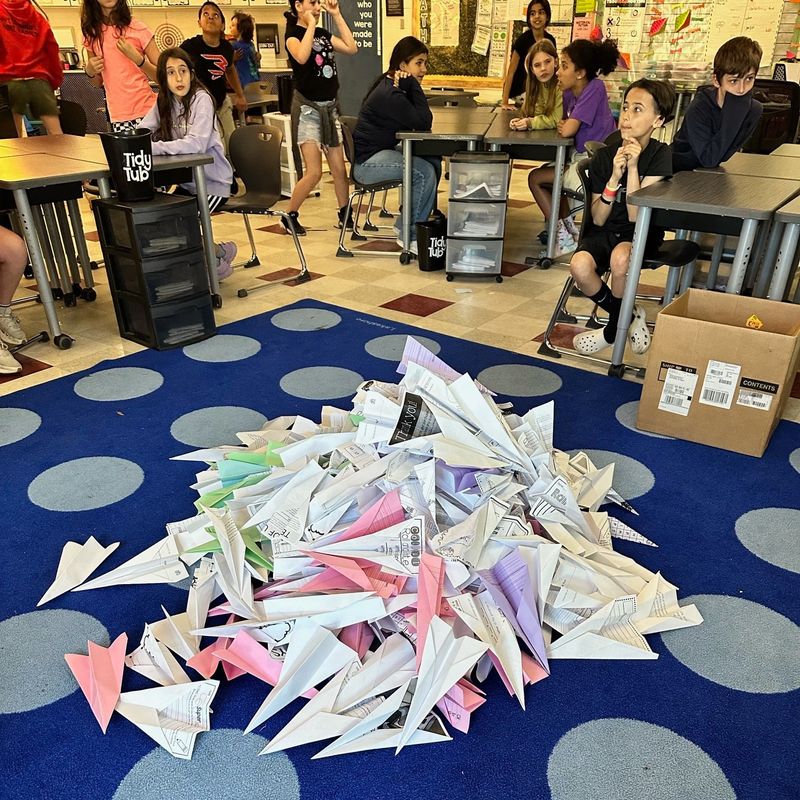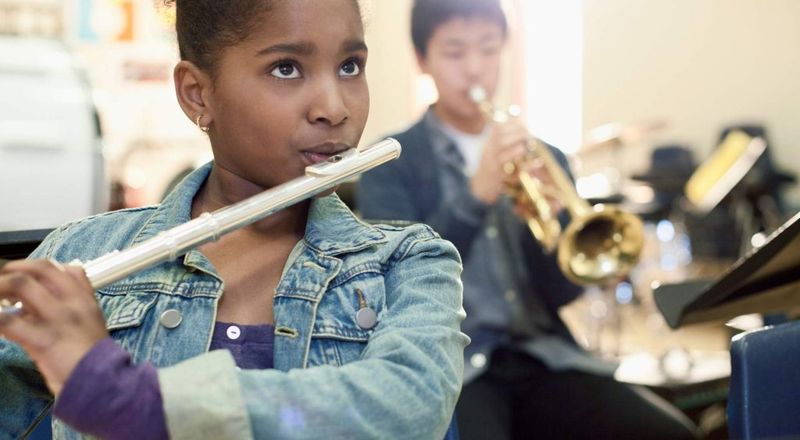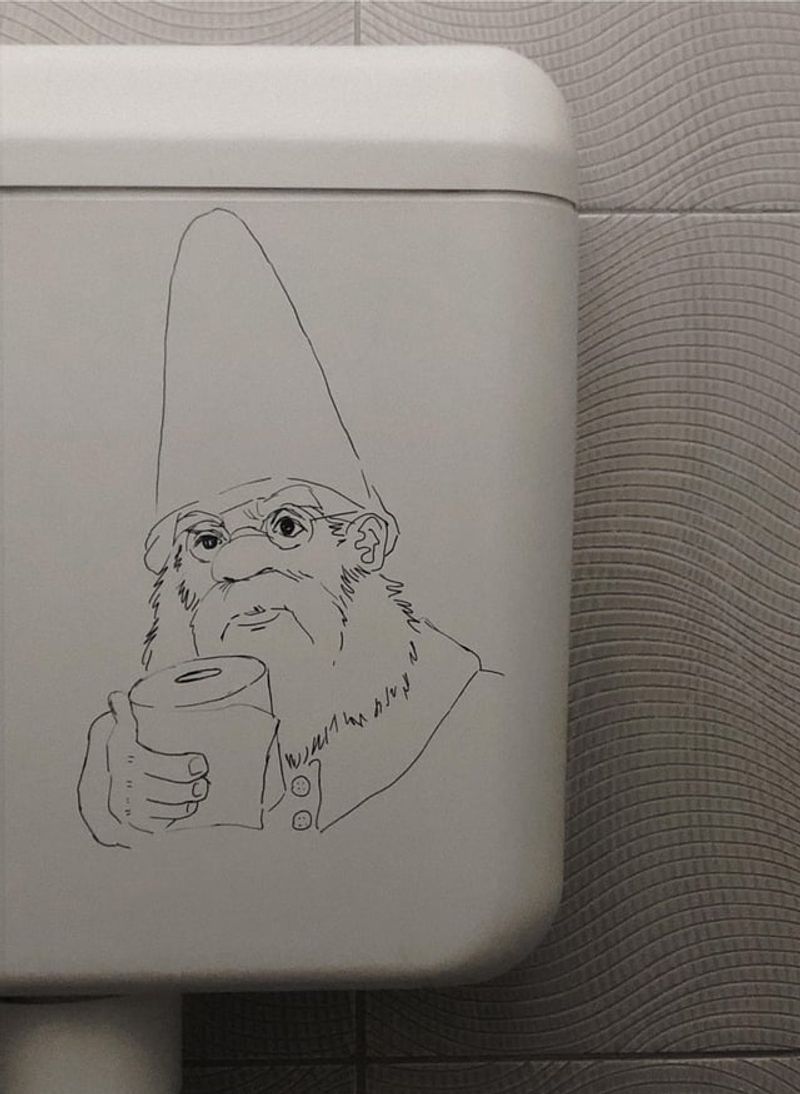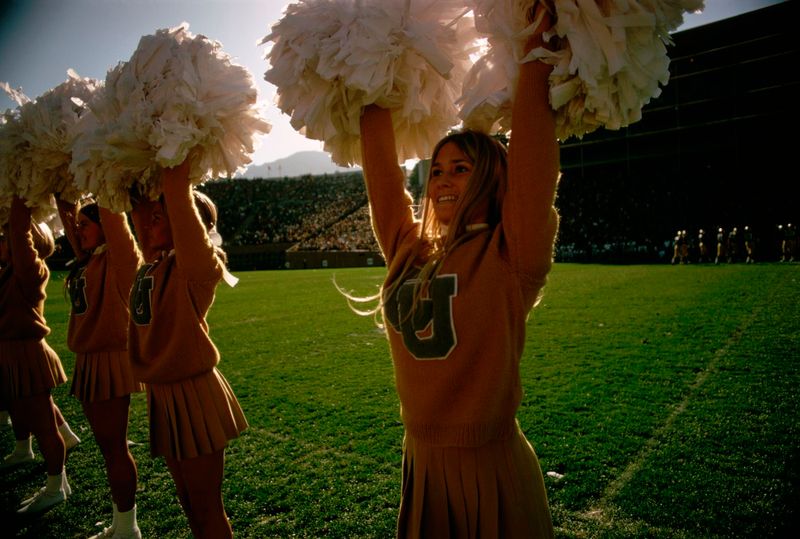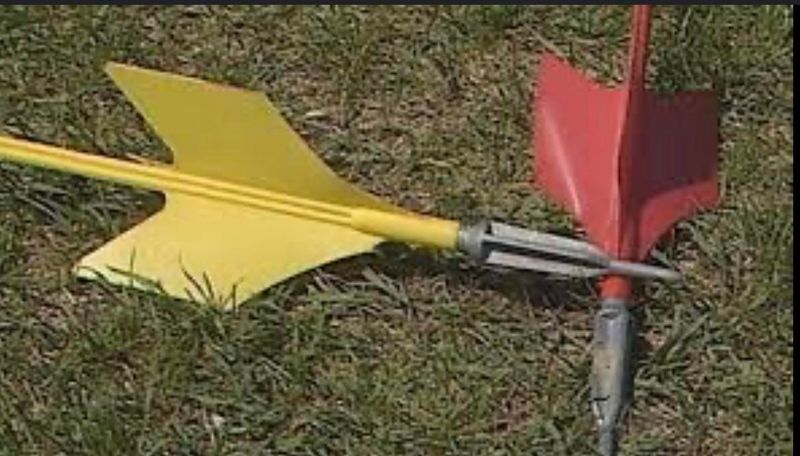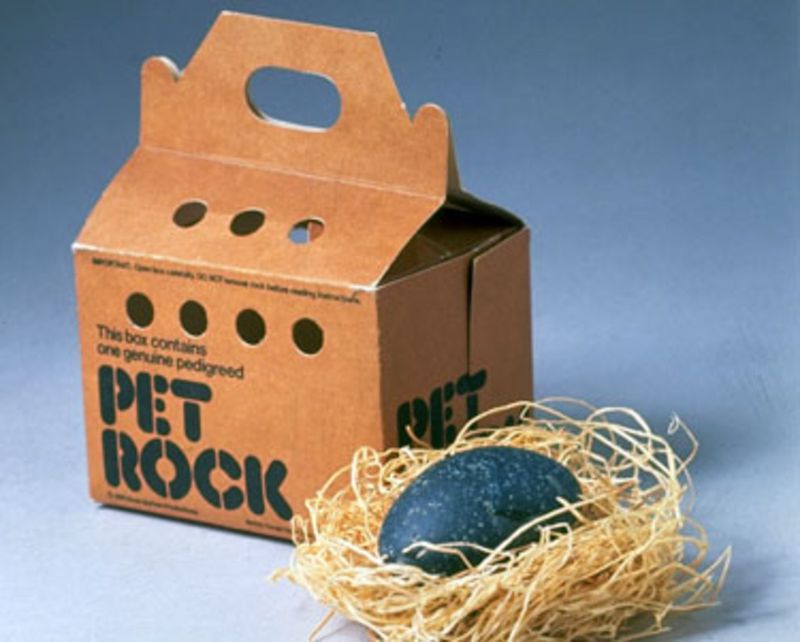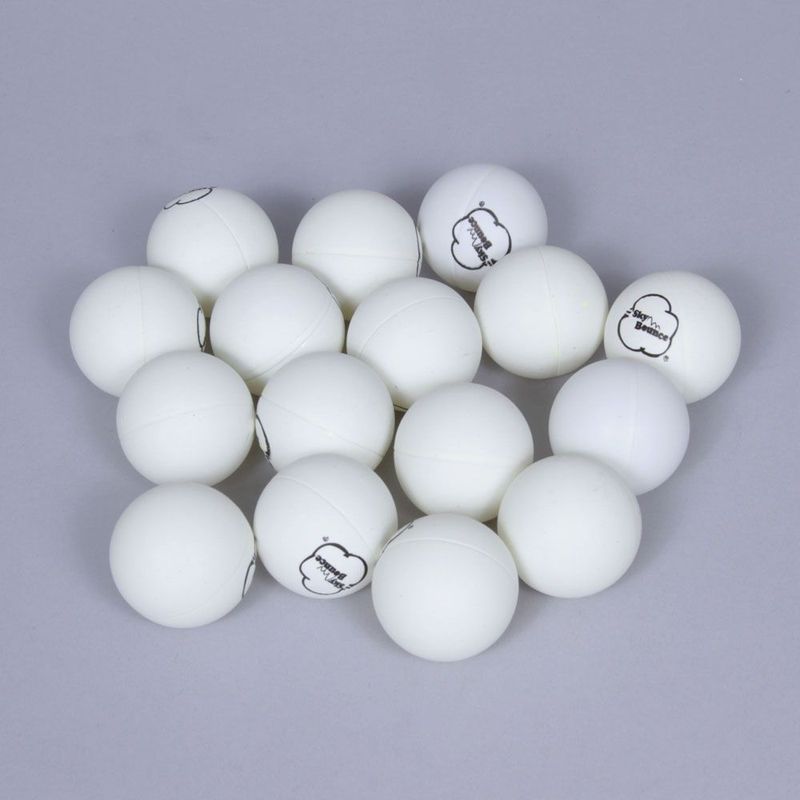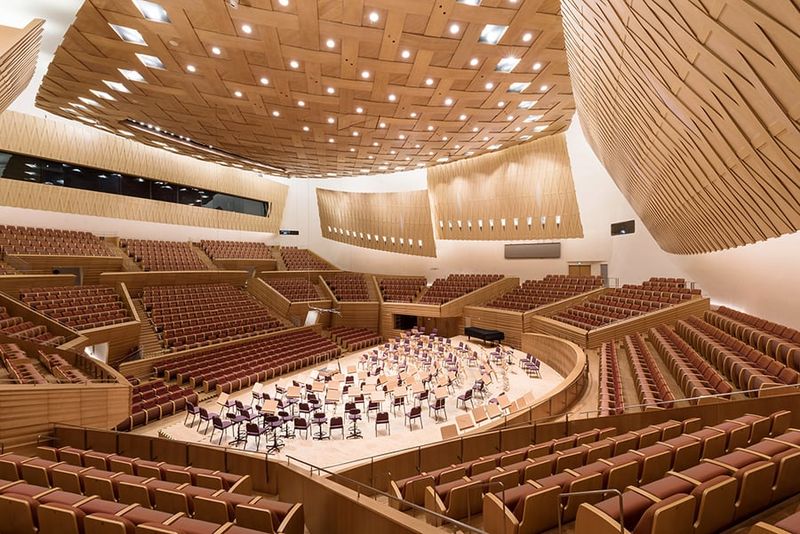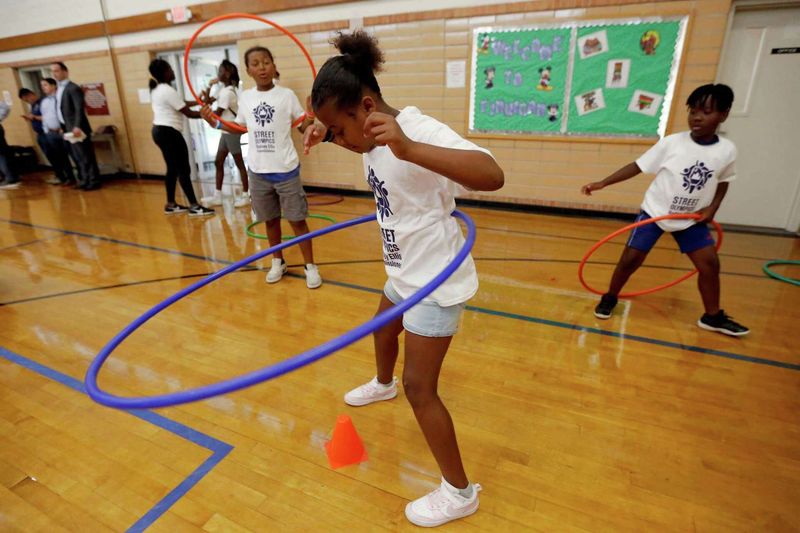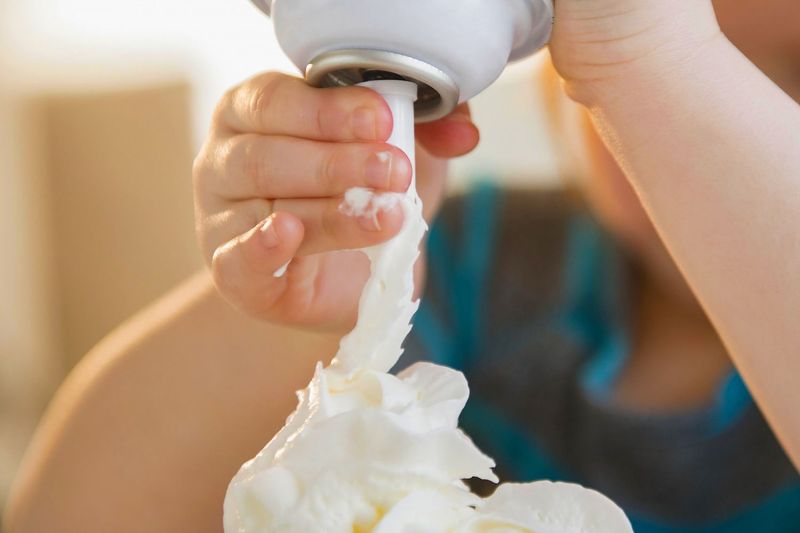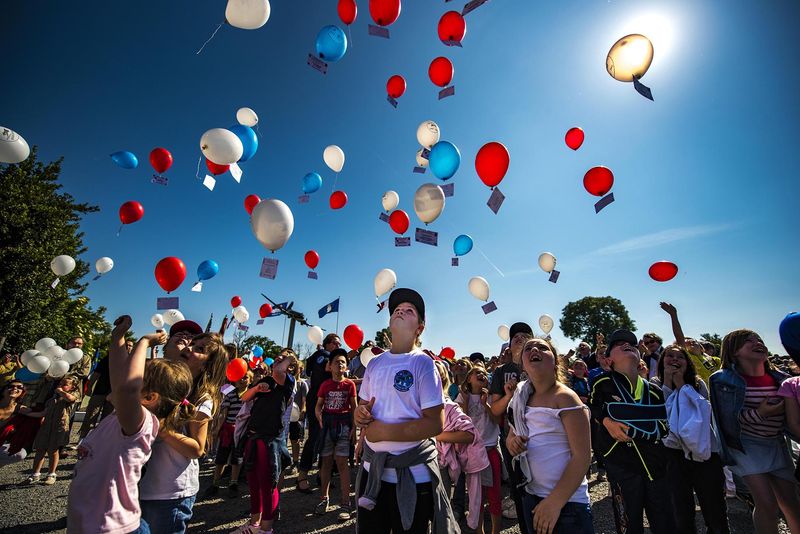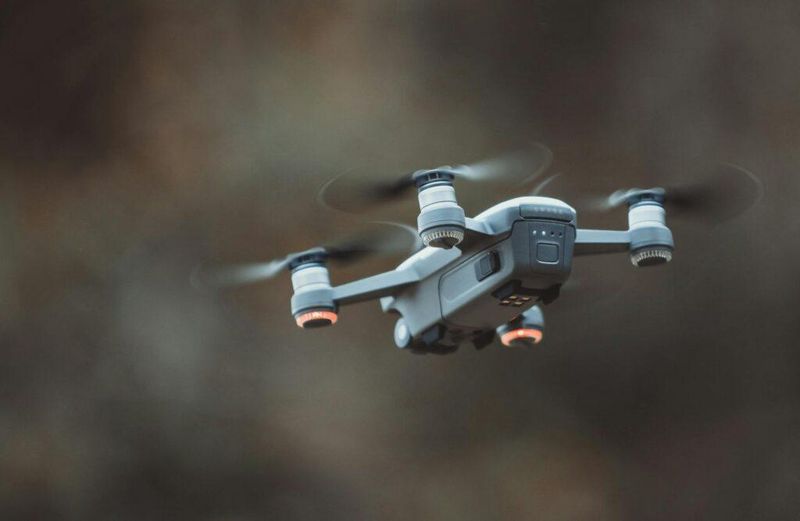Throughout history, America has seen its fair share of quirky and sometimes questionable bans on seemingly harmless activities and items.
From colorful sneakers to bubble gum, these moments reveal a curious side of societal regulation.
Let’s explore a collection of 20 instances where something utterly benign faced the ban hammer.
1. Skateboard bans in public parks
Skateboarding, a popular pastime for many youths, faced bans in various public parks across the United States. Concerns ranged from potential damage to park property to disturbing the peace.
However, these bans often overlooked the benefits of skateboarding as an exercise and its role in fostering community among skaters. In some cases, communities pushed back, advocating for dedicated skate parks.
Imagine the frustration of a teen wanting to enjoy a simple board ride, only to be met with prohibitive signs. This ban highlights the tension between youthful expression and regulatory measures.
2. Bubble gum chewing crackdowns
Bubble gum, a sweet delight for children, surprisingly faced crackdowns in many schools. Administrators worried about gum sticking to furniture and floors. These crackdowns led to creative sneaking of gum and secret chewing sessions.
Schools argued that gum was a distraction, but kids saw it as a harmless pleasure. The gum crackdown reminds us of the age-old battle between student desires and school rules.
Chewing gum became a form of rebellion, proving that sometimes, the smallest things can spark the biggest debates.
3. Hula hoop hysteria
In the 1950s, the hula hoop became a national sensation, but not everyone was thrilled. Some schools and communities labeled it a distraction and even a safety hazard. The fear was that children might injure themselves or others while hooping.
Despite these concerns, kids found joy in mastering the art of hoop spinning. The ‘hysteria’ surrounding the hula hoop illustrates how quickly a simple toy can become the center of controversy. It was a classic case of fun clashing with regulatory caution.
4. Cartoon censorship in public spaces
Cartoons, a staple of childhood entertainment, faced censorship in public spaces like libraries and schools. Some believed that animated shows were too violent or lacked educational value.
This ban often sparked debates about content appropriateness and creative freedom. While cartoons were meant to entertain, critics felt they distracted from more productive activities.
The censorship of cartoons highlights the ongoing discussion about media impact on youth and the fine line between entertainment and influence.
5. Fast food toy embargoes in schools
Fast food toys, often considered harmless collectibles, faced embargoes in schools across America. The concern was that children focused more on the toys than on nutritious eating.
Schools aimed to promote healthier habits by removing these incentives. Kids, on the other hand, cherished these toys as fun bonuses with their meals.
This ban reflects a broader effort to address childhood obesity, illustrating the clash between fun and health. Though well-intentioned, the embargo on toys sparked debates on effective ways to encourage healthy eating.
6. Colorful sneaker restrictions
Vividly colored sneakers, a fashion statement for many students, were restricted in some schools. The argument was that such footwear could be distracting and disrupt uniformity.
For students, colorful sneakers were an expression of individuality and creativity. This restriction showcases the ongoing battle between personal expression and conformity in educational settings.
While schools aimed for a cohesive appearance, students pushed back, valuing their right to self-expression. The sneaker ban is a testament to the endless negotiation over what constitutes acceptable school attire.
7. Paper airplane prohibitions
Paper airplanes, a classic schooltime diversion, faced prohibitions in various classrooms. Teachers argued they were disruptive and a waste of supplies. Despite this, students found joy in crafting and flying these simple creations.
The prohibition often led to clandestine competitions and secret launches during breaks.
While seemingly trivial, the ban on paper airplanes reflects the struggle for balance between maintaining order and allowing creativity. It’s a reminder of how even the simplest pleasures can clash with structured environments.
8. Whistling in the halls
Whistling, a seemingly innocent act, was banned in some school halls. The rationale was that it caused unnecessary noise and disruption. For students, whistling was a way to pass time and express cheerfulness.
The ban sparked creativity, with students finding new ways to communicate and entertain themselves. This simple restriction highlights the fine line between maintaining order and allowing freedom of expression.
Whistling bans remind us how even the most benign actions can become contentious in regulated spaces.
9. Musical instrument play limits
Musical instruments, typically associated with creativity and learning, faced restrictions in some schools outside class hours. Concerns about noise and disruption led to these limitations.
Students, eager to practice and showcase their talents, felt stifled by such rules. The restrictions often led to secret jam sessions and impromptu performances.
This scenario underscores the challenge of balancing discipline with artistic expression in educational settings. While order is important, fostering creativity is equally vital. The bans on playing instruments remind us of the need for supportive environments.
10. Doodle disruptions
Doodling, often dismissed as a mere distraction, faced bans in numerous schools. Teachers believed it diverted attention from lessons. However, for many students, doodling was a way to enhance concentration and express creativity.
This ban often led to a quiet rebellion, with students drawing in margins or on hidden surfaces. Despite being seen as a disruption, doodling showcased the creative minds of students yearning to express themselves.
The prohibition underscores the age-old debate between structured learning and creative expression.
11. Cheerleading uniform restrictions
Cheerleading uniforms, known for their vibrant designs, faced restrictions in some schools aiming for modesty and uniformity. The intention was to ensure appropriateness, but for cheerleaders, uniforms were a source of pride and team spirit.
These restrictions led to a dialogue about expression through sport and the balance between tradition and modern values. While schools focused on maintaining decorum, cheerleaders advocated for the freedom to celebrate their sport.
The uniform restrictions highlight the ongoing negotiation between regulation and self-expression in school sports.
12. Lawn darts banned from playgrounds
Lawn darts, a once-popular outdoor game, were banned from many playgrounds due to safety concerns. Though intended for harmless fun, the metal-tipped darts posed injury risks. Parents and schools prioritized safety over tradition, leading to the ban.
For children, it meant the end of a beloved pastime. This prohibition reflects the tension between preserving safety and allowing traditional games. The ban on lawn darts serves as a reminder of how safety considerations can transform recreational landscapes.
13. Pet rock craze regulations
The pet rock, a novelty toy sensation in the 1970s, surprisingly faced regulations in some schools. Considered distractions, these rocks were banned from classrooms. Students, however, viewed them as fun collectibles and conversation starters.
The regulations often led to creative alternatives and secret show-and-tell sessions. This quirky ban highlights how trends can infiltrate educational spaces and the challenge of maintaining focus amidst fads.
It reminds us that even the most innocuous items can face scrutiny when they become cultural phenomena.
14. Marbles forbidden on school grounds
Marbles, a classic childhood game, were forbidden on some school grounds due to concerns over safety and gambling. For generations, marbles offered competitive and social interaction. However, schools worried about injuries and a culture of betting.
This ban reflects broader issues of safety and behavior management in schools. While aiming to protect students, it stifled a time-honored pastime.
The prohibition on marbles serves as a reminder of how safety and conduct considerations can alter traditional childhood games.
15. Ping pong ball limitations in classrooms
Ping pong balls, often associated with recreational play, were limited in some classrooms to prevent distraction. Teachers feared they would become tools for disruption rather than learning.
Despite this, students found creative uses, from physics demonstrations to friendly competitions. The limitations often led to hidden games and secret tournaments.
This scenario highlights the balance between maintaining focus and encouraging fun in educational settings. While order is crucial, fostering an environment where creativity can thrive is equally important.
16. Handheld fan restrictions in indoor venues
Handheld fans, often used for personal comfort, faced restrictions in indoor venues like theaters and concert halls. Concerns over noise and distraction prompted these bans. For attendees, fans were a way to stay comfortable during events.
The restrictions sparked innovation, with people finding quieter alternatives. This ban highlights the tension between maintaining an uninterrupted experience for all and personal comfort needs. It serves as a reminder of how even simple items can become the center of regulatory focus.
17. Hula hoop competitions prohibited in schools
Hula hoop competitions, once popular in schools, faced prohibition due to concerns over safety and fairness. Educators worried about injuries and unequal opportunities. For students, these competitions were a source of fun and camaraderie.
The prohibition often led to underground contests and secret meetups. This situation underscores the challenge of balancing inclusivity and safety in school events. It reminds us that even the most enjoyable activities can face obstacles in regulated environments.
18. Whipped cream bans in cafeterias
Whipped cream, a favorite dessert topping, was banned in some school cafeterias due to concerns over misuse and food fights. For students, it was a delightful addition to treats. The ban led to creative alternatives and secret indulgences during lunch.
This restriction highlights the balance between maintaining decorum and allowing small pleasures. It serves as a reminder that even the simplest joys can face regulation, as institutions strive to maintain order.
19. Balloon animal restrictions at school events
Balloon animals, a staple at school events, faced restrictions due to concerns over safety and latex allergies. For children, balloon animals were a source of magic and joy. The restrictions often led to alternative forms of entertainment and creative solutions.
This ban underscores the challenge of ensuring safety while preserving fun at school events. It reminds us that even the most whimsical elements can become targets for regulation when health and safety are prioritized.
20. Tiny toy drone limitations in public spaces
Tiny toy drones, popular among enthusiasts, faced limitations in public spaces due to privacy and safety concerns. For kids, drones were a gateway to technology and exploration. The limitations prompted innovative uses and secret flying sessions.
This ban highlights the balance between technological advancement and privacy considerations. It serves as a reminder that even the most exciting innovations can be met with caution in public spaces.
